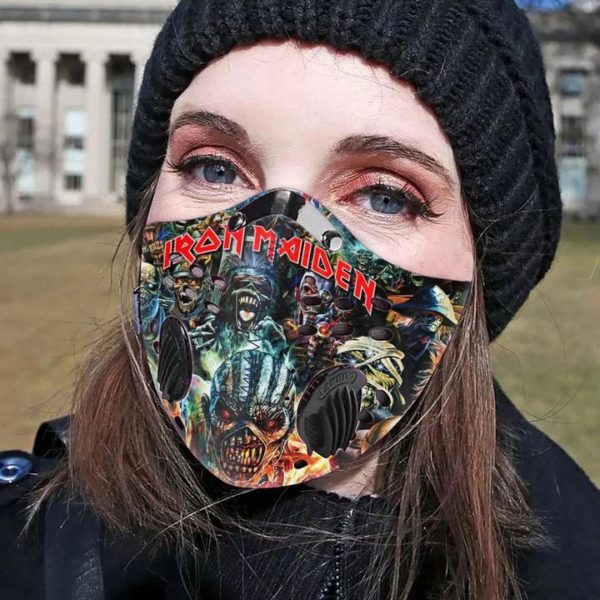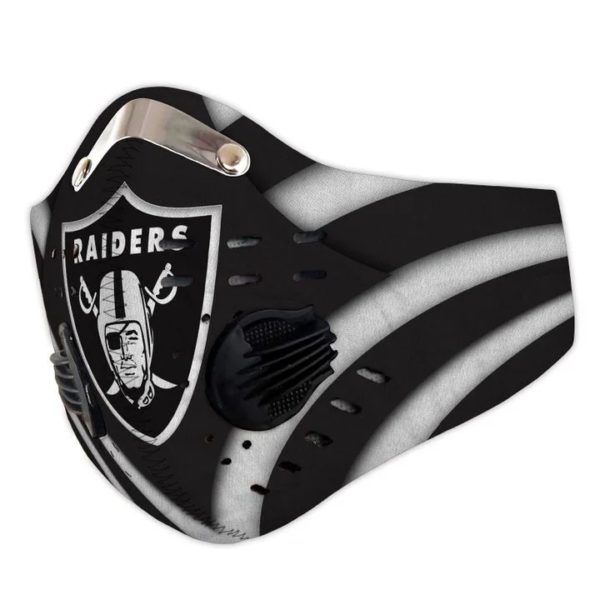This lament is, to a large extent, merely the manifestation of ordinary horror to the realization that disdain and underculture can indeed conquer mighty Egypt. Exaggeration is an accepted and even expected thing for historical accounts and the Egyptians found no harm in reinterpreting their past if necessary. The deep belief that his country could only flourish under a divinely appointed Egyptian pharaoh is certainly strong enough to justify the distortion of historical records in this case. Archaeological evidence, which is clearly less biased, shows that the hated Hykso do not inflict barbaric practices on their new subjects, and have attempted to adapt to the customs of the country. that they rule. Beautiful Vikings Armor 3D All Over Printed Hoodie and Shirt. The new rulers kept some of their own traditions: the architectural style and the design of the pottery now clearly exemplifies the Near East influence, the war goddess Anath or Astarte quickly introduced. the Egyptian temple as the ‘Woman of Heaven’ and her consort, the Egyptian god Seth, became the main deity. In most other respects, however, the Hyksos denied their own identities, with the zeal of the new convert, immersed in Egyptian culture, using hieroglyphs, religious create local temples, copy Middle Kingdom forms, craft scarab-shaped marble jewels and even transform yourself into Egyptian-style pharaohs by pairing her name with ‘Re’, the name of the Egyptian sun god. Without bringing an economic catastrophe to Egypt, their lands were effectively managed, making good use of the administrative framework that existed during the Middle Kingdom, and the Egyptian-born officials were willing to work for them. to ensure that the delta was prosperous under their rule. The long-term material benefits of foreign intervention now seem clear. Under the rule of Hyksos, Egypt quickly lost much of its traditional isolation as trade and diplomatic links were established with a series of Near Eastern kingdoms, and as a result, a wave of foreign imports were established. Hybrid and practical both stimulate the economy and inspire Egyptian artists and artists. Egypt benefits from new access to new techniques for making bronze, pottery, and weaving; exciting new food crops were being tested, and even a breed of humpback that had never been seen before. Most important is the contribution of Hyksos to traditional Egyptian military equipment; it was their improvements, combined with the reorganization of the military structure at the beginning of the 18th Dynasty, that directly led to the development of the Imperial Empire’s nearly invincible and effective combat army. The 18th and 19th dynasties introduced new forms of defensive fortresses, new weapons (the more effective dagger and sword forms and the powerful complex bows that had a much longer range than the old simple bows. ) and the concept of armor to protect soldiers. The soldier – in the Ancient and Middle Kingdoms during battle wore only the shortest dress or loincloth and protected by a long and bulky cowhide shield – now protected by a tunic and a curved shield. lighter, easier to handle. Their most important improvements, however, were strapped steeds and two-wheeled steeds, a highly maneuverable, light vehicle driven by a rider and an armed fighter. Spears, shields and bows, quickly became one of the most valuable combat techniques of the Egyptian army









